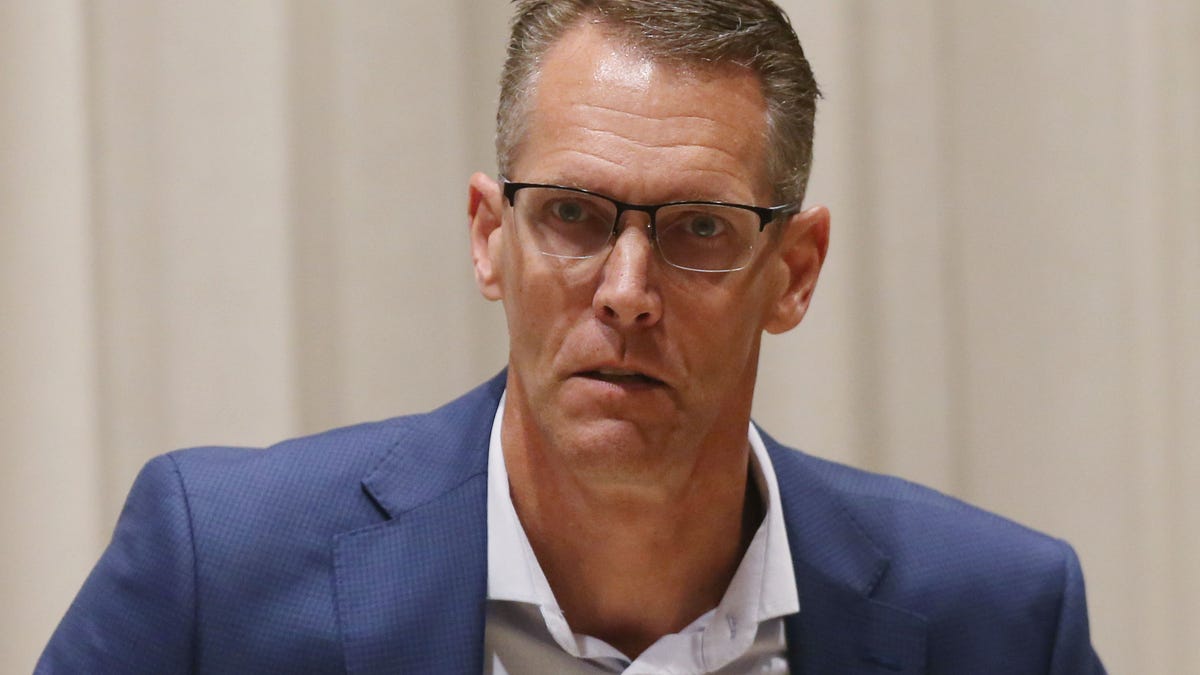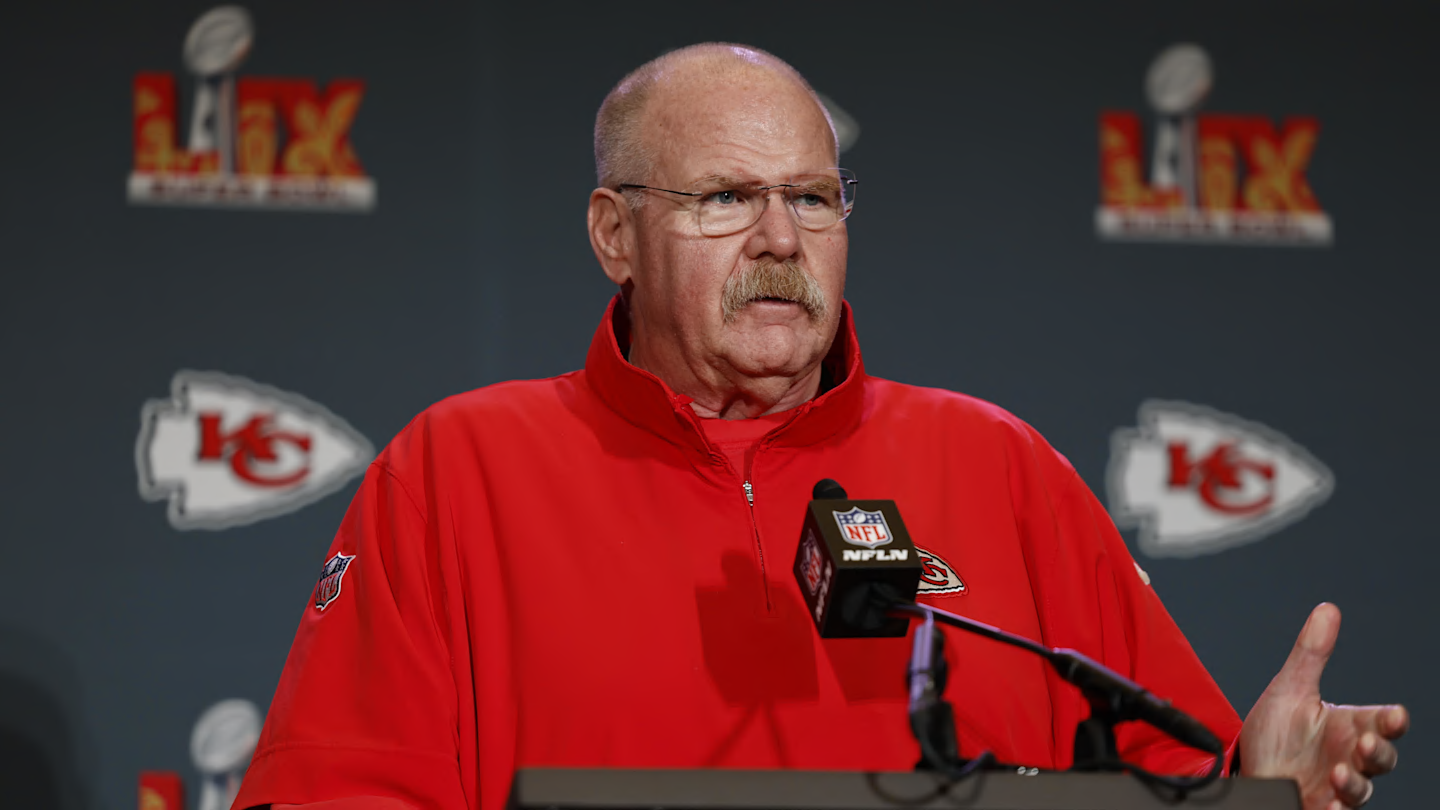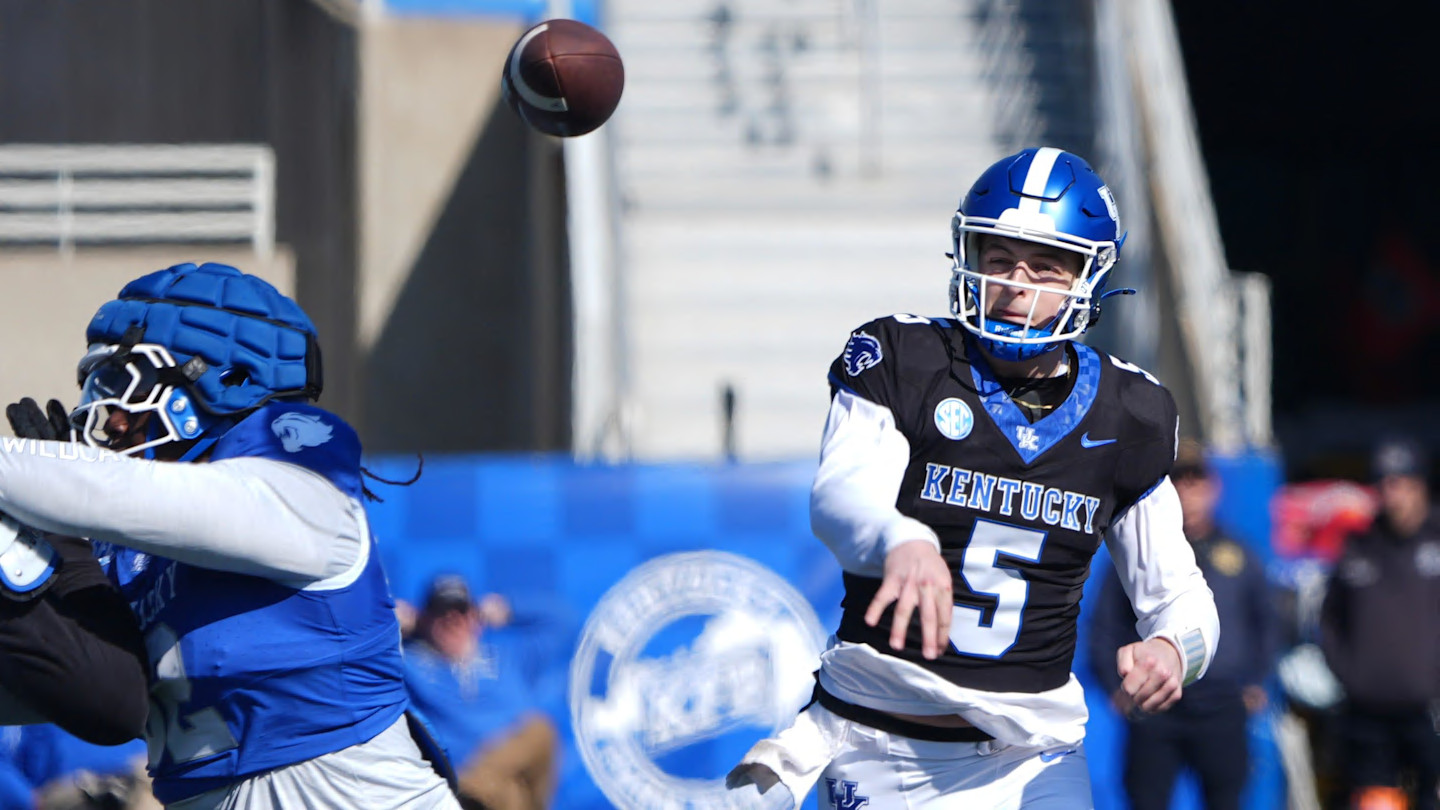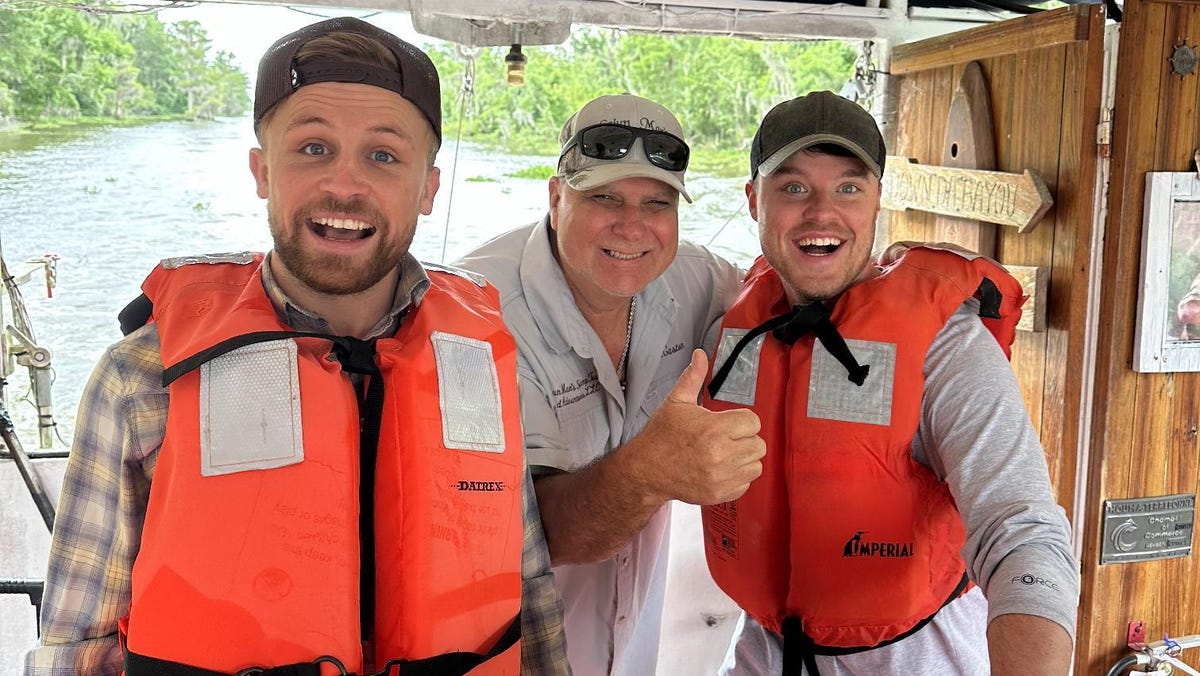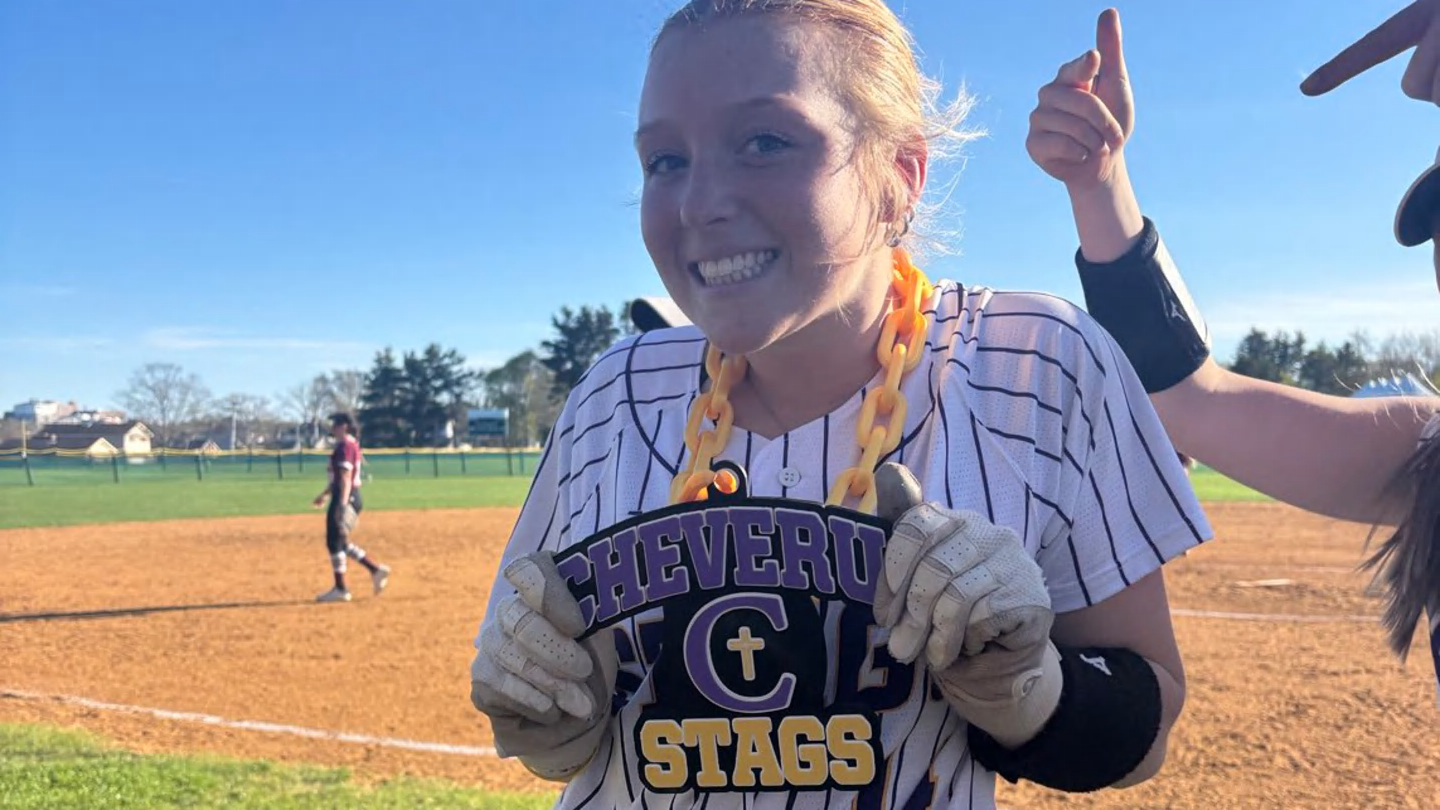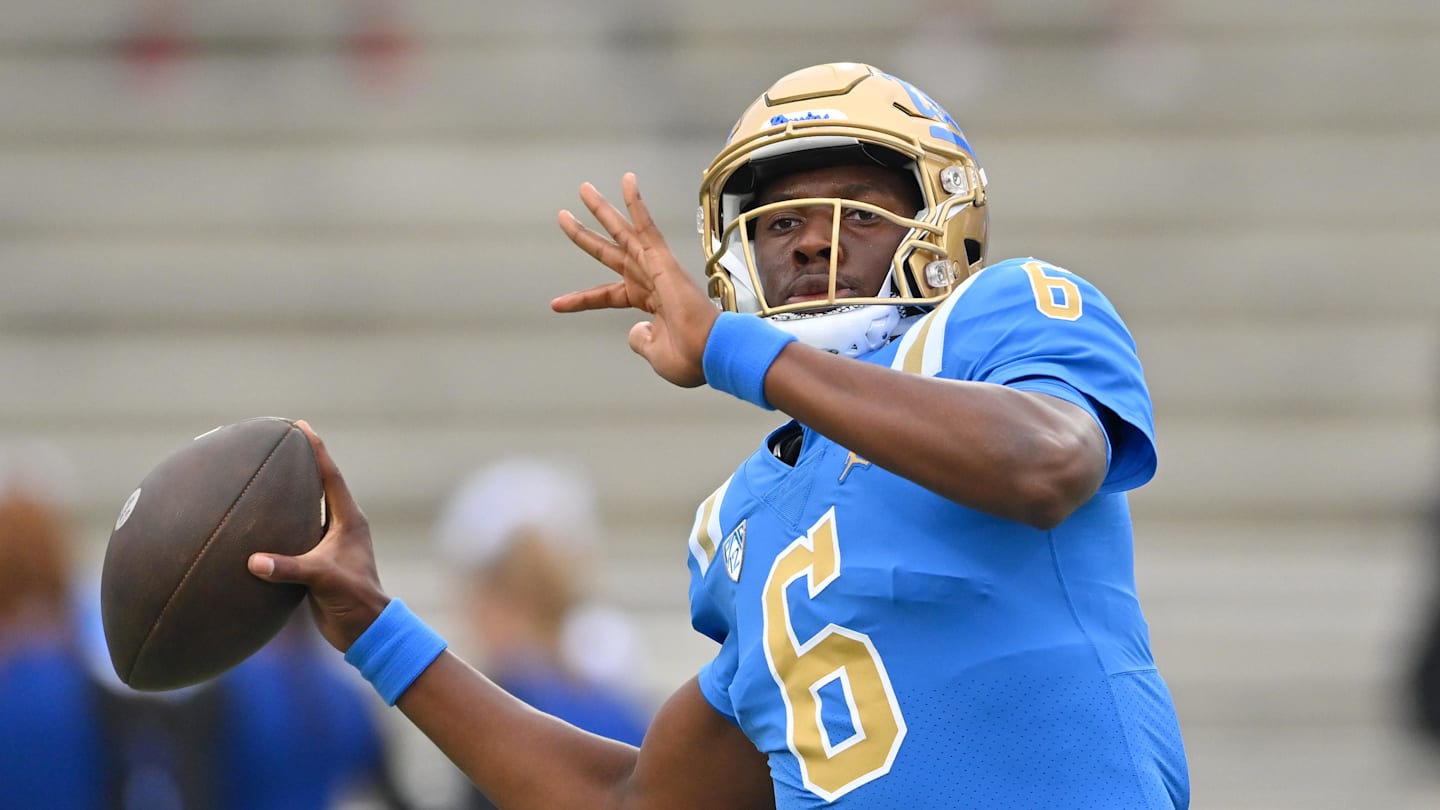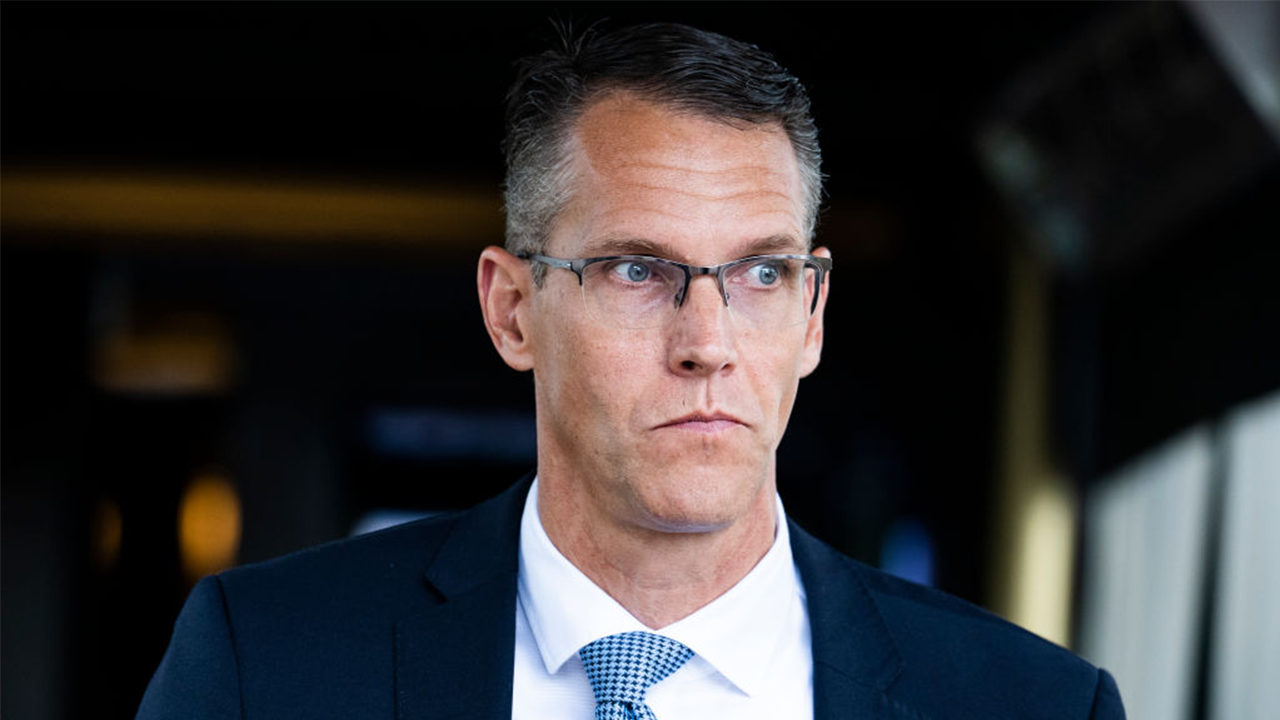Dallas, TX
Q&A: How Dallas Is Adding Parks By Going Small
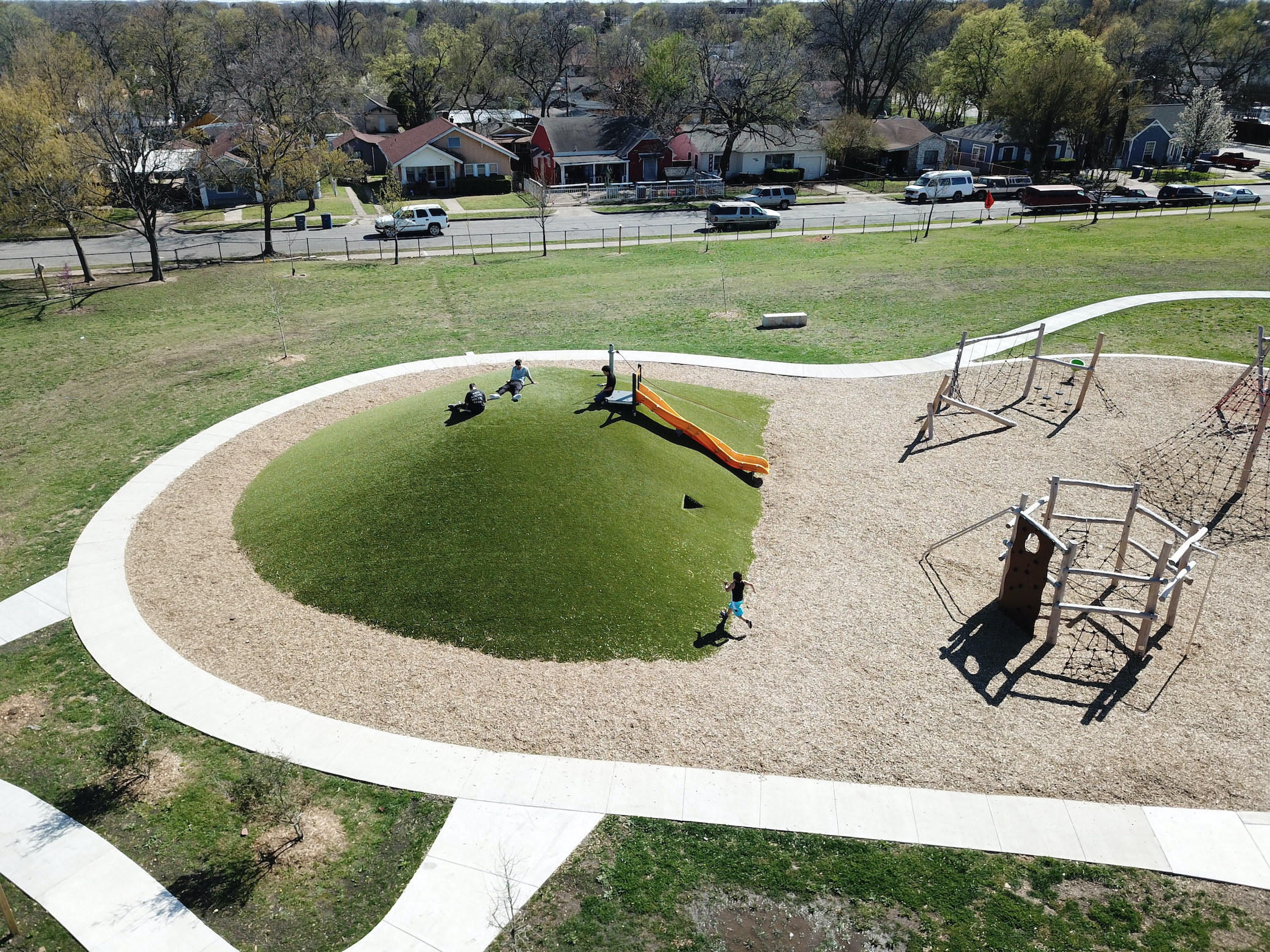
Klyde Warren Park has become the bellwether for urban park developments across the country, particularly as cities try to hide their highways under decks and caps. Deck parks are happening in Little Rock, Arkansas and Atlanta, Georgia. This type of development is happening closer to home, in McKinney. It’s even happening again closer to home, in Oak Cliff over Interstate 35E and near downtown and South Dallas over Interstate 30.
It’s a big infrastructure investment that attracts headlines and public dollars. Harder to fund—and harder to find—are the small decisions that lead to bigger changes. Like how Dallas jumped 10 other cities in a ranking of how many of its residents live within a 10-minute walk to a park.
These are smaller efforts targeted directly where people live, community investments where folks can walk their dog after work or throw a ball around with their kid on a Sunday. That energy is spreading across the city, particularly in southern Dallas and Oak Cliff.
“These don’t need to be 5-acre parcels,” says Arun Agarwal, president of the Dallas Park Board. “We see pocket parks in Manhattan. Why not here?”
The nonprofit Trust for Public Land is the entity that tracks how cities are providing greenspace for all their residents. This year, 73 percent of Dallasites now have a park within a 10-minute walk from their home. That’s up from 53 percent about a decade ago. At 43rd, we’re now ranked two spaces below Austin, good enough for third in the state. (Plano, where 80 percent of its residents live within a 10-minute walk, is the highest in Texas at 16th.)
Mayor Eric Johnson has made these small-scale investments a priority of his second term. His last state of the city address directed staff to put together a list of all the city-owned vacant properties to explore the potential for new parks or affordable housing. That list identified more than 300 parcels, the vast majority of which are below Interstate 30 in southern Dallas and Oak Cliff, neighborhoods that have long been overlooked for park infrastructure.
There are major projects underway in Oak Cliff. South Oak Cliff Renaissance Park replaced a 2-acre illegal dump across from South Oak Cliff High School in 2021. The Trust for Public Land’s Texas branch is overseeing the overhaul of the Five Mile Creek corridor, which will include two more parks and 14 miles of trail that will stretch east from the Westmoreland DART Station into the forthcoming 50-mile LOOP trailhead in the Trinity Forest.
Those are big projects. Mayor Johnson recently created a volunteer position he called the “greening czar.” He awarded it to the philanthropist and Container Store co-founder Garrett Boone, who has spent much of his retirement investing in green spaces across Dallas. (He’s one of the Trust for Public Land’s largest local funders.)
He’ll be charged with identifying other locations for parks that can help more residents live within a 10-minute walk from one. The mayor recently directed the city manager to use $1.25 million in federal COVID relief dollars to kick things off.
Boone chatted with D Magazine about his new (volunteer) job. The interview below has been edited for length and clarity.
The mayor has anointed you the city’s “greening czar.” Tell me about what you’re working on.
The groundwork for this whole project is a study by the Trust for Public Land, which was done before the last bond election (in 2017). They looked at every single piece of property in Dallas. And they looked at all the areas of Dallas that did not meet the gold standard for parks, which is a park within a 10-minute walking distance of every house. We’ve moved from 53 percent to 73 percent, which means about three quarters of Dallas lives within a 10-minute walk of a park.
The mayor wanted to make more progress on that based on a survey that he had done that identified city property that’s not being used. It’s sitting there vacant. He wanted to see if he could find property that can be turned into park because it’s nice not to have to go out and buy the land.
We want to do as much as possible and do something in every council member’s district. That’s really the way they keep everybody happy.
So how deep have you looked at the location of all these properties? There’s several hundred of them.
We just started. The Trust for Public Land has now overlaid all the vacant property on the data they already have. We’re beginning to make a list of people who have contacted me; they may have an urban farm or something that they think would be great for one of the properties. We’re just making list of contact information so we once we understand the layout in more detail about what’s available, then we can begin to match up projects that I’m going to start.
We’re going to think of categories of everything from a small pocket park, maybe one has a little performance pavilion where people can play or guitars or sing or perform. Maybe there’s a bird watching corner on a lot that has some trees, maybe a water feature—something that people could enjoy watching birds.
Mainly, we have to go through the normal project process, which is you’ve got to talk to the neighborhood and find out what they want. We’re not really going to be doing multimillion dollar parks at this point in time.
I think COVID showed everyone that we don’t necessarily need the big-dollar parks to make a difference in neighborhoods, that you need safe, accessible greenspace first.
A a good example is the Cool Schools program that (philanthropist) Lyda Hill helped finance. They install really cool play equipment in school playgrounds, but then it’s used by the whole neighborhood when school’s not in session. They get a park for the school, but also a park for the neighborhood. That’s not a million dollar expenditure.
We’re just beginning to say, hey, right now, the mayor had a good idea. And, you know, good ideas are great, but then you gotta figure out how to do them. Remember, Will Rogers once said, ‘nothing’s more common a good idea, and nothing is less common than a good idea carried out.’ I had the idea to start the Container Store, and some people said, ‘I had this idea 20 years ago!’ And that’s great. That means there’s a need to do it. But you didn’t do it. We did.
Let’s talk more about execution. You have the land, which is often the most difficult part. But you’ll still need the money. We have a bond coming up in 2024—do you envision using the data on park locations to inform how you’ll advocate for priority projects?
The recommendations come from the Parks Department. They’re the ones that make the presentations to the bond committee. So I can’t really answer that question. There are already existing needs out there, and we wouldn’t want to derail them. We’d like to get something, because we need something to start working.
But the greatest number of items on a bond program for Parks is everything from redoing rec centers, replacing roofs, replacing the bathrooms in the rec center, redoing a ball field, doing basic maintenance. They’re always looking to add parks in areas too; in looking through the bond funding in 2017, there was certainly money for opening new parks in council districts. So I’m sure there will be those, too.
We’ll work on these properties for now. Obviously, we’d like to make them synergistic (with the bond), but I can’t tell you whether we’re going to try to get some money for these or whether we’ll be in a position to. But hopefully.
So right now, you’re focusing on identifying where you’re going to have the highest impact through the partnership with the Trust for Public Land and their data. And then you’ll pursue funding?
Yeah. And identifying the ones that solve the problem of parks within a 10-minute walk of homes. That’s the underlying criteria. Right now we want to find a neighborhood that needs a park and the closest park is 20 minutes away. That’s unacceptable. What can we do in this area to mitigate that? The Parks Department has moved the needle in the last few years from 53 percent to 73. So it’s about what we can collectively do together to move that needle higher.
We’ve shown we can make progress. Now, we just want to make more progress.
Author
Matt Goodman
View Profile
Matt Goodman is the online editorial director for D Magazine. He’s written about a surgeon who killed, a man who…

Dallas, TX
Dallas-based bookstore leading fight against Texas bill
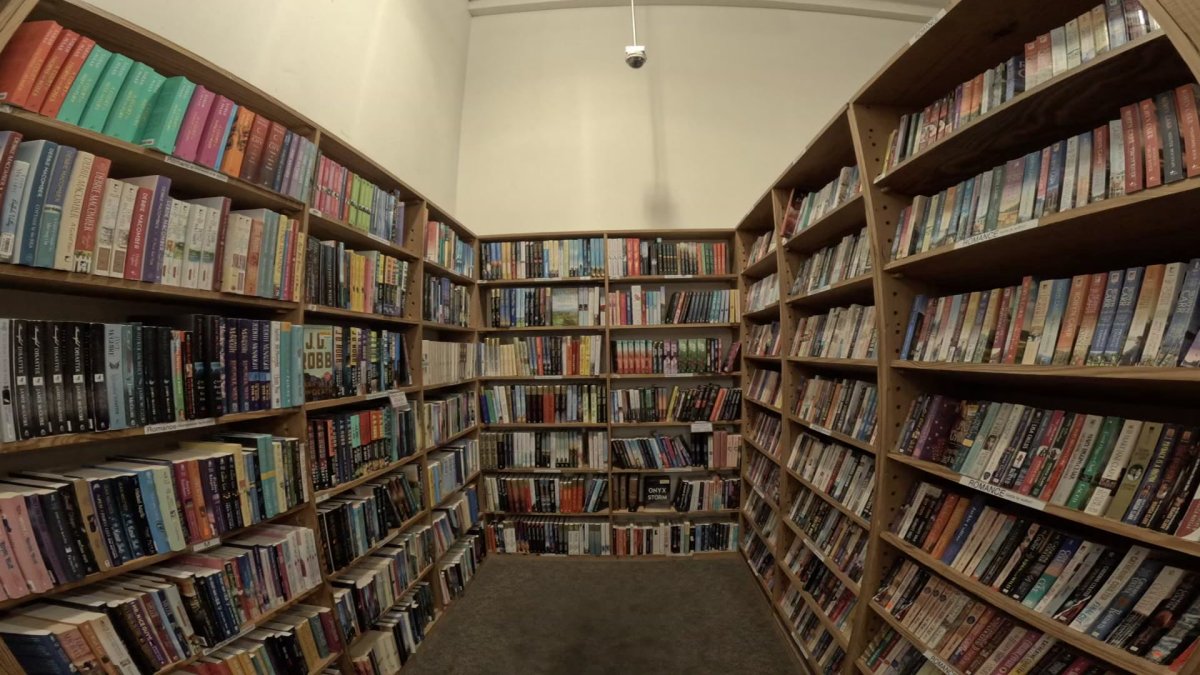
Dallas-based Half Price Books is helping lead the fight against a bill being considered in Austin.
The bill would allow bookstores to be sued for selling or even displaying harmful material to minors.
Supporters say it’s needed to protect children, but critics call it censorship.
Workers at Half Price Books love reading but reading every book that comes through its doors, President Kathy Doyle Thomas says, is unrealistic.
But that, she says, is what her stores would be expected to do under a bill proposed by Republican State Rep. Nate Schatzline of Fort Worth.
“How do we know in all of these books that we have in all of the stores across the state — We don’t know what’s inappropriate. [They] could be inappropriate in Corpus Christi compared to Dallas, Texas,” explained Doyle Thomas.
HB 1375 would hold bookstores liable for “damages arising from the distribution, transmission, or display of harmful material to a minor.”
Rep. Schatzline told a House committee last month that it provides parents with the option to sue those who expose children to obscene content.
“As lawmakers, we have a duty to protect families and children from exploitation and from the unchecked spread of harmful spread of harmful materials in our communities and online,” said Rep. Schatzline.
Doyle Thomas says titles in the romance, mystery and self-help sections would be at the top of the list of those at risk of being targeted.
“When I saw the bill, I was just frustrated and mad and I thought we have to do something about it,” she said.
In a recent letter to lawmakers, Doyle Thomas wrote that HB 1375 is “a threat to all booksellers” and asked them not to interfere with their ability to do business in what’s seen by critics as the latest chapter in book censorship.
“Someone is trying to decide what I can and can’t read and my children can and can’t read and we do not think that’s fair or appropriate,” said Doyle Thomas.
The bill remains in a House committee.
The Texas legislative session is scheduled to end on June 2.
Dallas, TX
Heika’s Take: Stars take advantage of home ice, dominate in Game 3 win | Dallas Stars

“I thought we had a lot more guys look a lot more dangerous tonight, up and down the lineup,” DeBoer said. “You know, that’s a credit to our group. We looked at last game, we made some adjustments, and our whole group was more dangerous. We got some great contributions from some unsung heroes. Our penalty kill, I thought Sam Steel was outstanding tonight, Colin] [Blackwell had a couple of blocked shots. A lot of work by guys that don’t get noticed a lot.”
Dallas, TX
Cowboys’ toughest 2025 game will be against NFC powerhouse on the road

After going 7-10 in 2024, the Dallas Cowboys are hoping to get back on track in 2025. They’ve made some huge changes as they turn to a new head coach in Brian Schottenheimer and added more firepower — including the addition of wide receiver George Pickens.
While they should be praised for being proactive this offseason, they still face a daunting task with one of the toughest schedules in the league.
MORE: Cowboys’ defensive free agency signing named most ‘head-scratching’ move
There are several tough opponents that Dallas will have to overcome, but according to Pro Football Network’s Kyle Soppe, the toughest challenger will be a team they know well. Soppe says the biggest obstacle for the Cowboys will be heading to Detroit to take on the Lions.
“America’s team has to travel to Detroit to face the team that America has fallen in love with recently. The Lions went into Jerry’s World in Week 6 of last season and won by 38 points. If a healthy Dak Prescott can post a competitive effort on the road against a top-tier team in the conference, it would go a long way toward proving that this team is ready to compete for a playoff spot in a strong NFC East.”
Dallas won in a controversial contest in 2023, but the Lions made a statement last year by humiliating the Cowboys at home. The Cowboys have a chance to erase that awful performance from their memory, while getting revenge in Detroit.
In years past, they’ve folded in the face of such challenges. This test will prove whether or not Brian Schottenheimer’s culture change is working.
— Enjoy free coverage of the Cowboys from Dallas Cowboys on SI —
2 Cowboys named among NFL players with ‘most on the line’ in 2025
3 former Cowboys players Dallas will face during 2025 NFL season
Cowboys Day 2 draft pick named rookie who could ‘exceed expectations’
Dak Prescott poised to make Cowboys history during 2025 NFL season
Meet Abby Summers: Dallas Cowboys Cheerleader Rookie
-
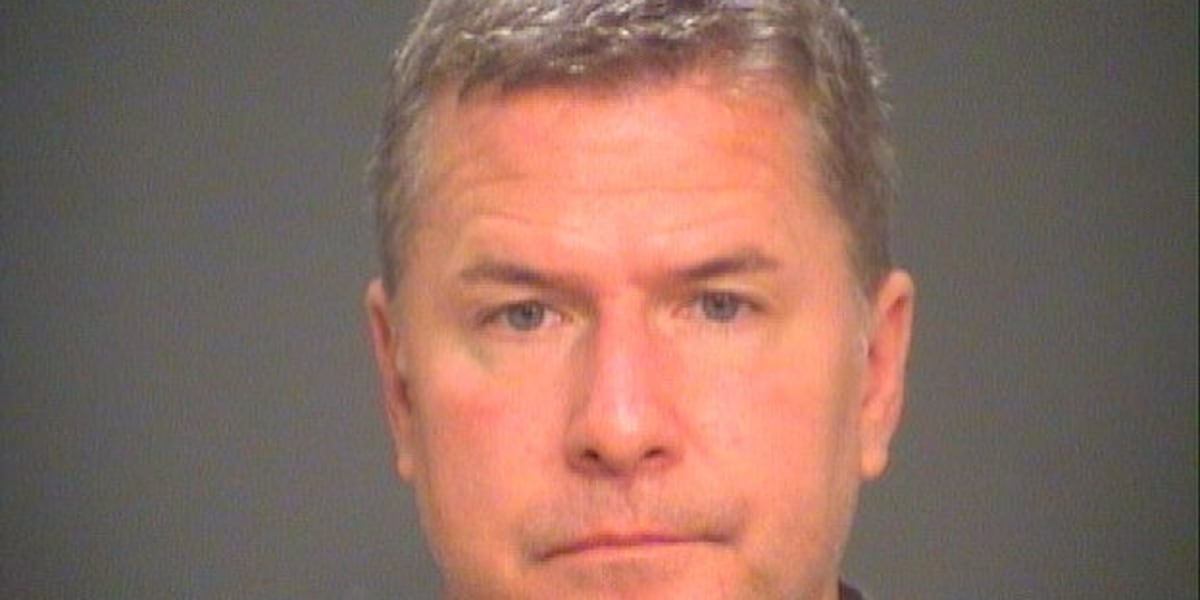
 Cleveland, OH1 week ago
Cleveland, OH1 week agoWho is Gregory Moore? Former divorce attorney charged for murder of Aliza Sherman in downtown Cleveland
-

 News1 week ago
News1 week agoFamily statement: Rodney Hinton Jr. walked out of body camera footage meeting with CPD prior to officer death
-

 Politics1 week ago
Politics1 week agoTrump posts AI image of himself as Pope amid Vatican's search for new pontiff
-

 Austin, TX3 days ago
Austin, TX3 days agoBest Austin Salads – 15 Food Places For Good Greens!
-

 Technology7 days ago
Technology7 days agoBe careful what you read about an Elden Ring movie
-

 Culture1 week ago
Culture1 week agoPulitzer Prizes 2025: A Guide to the Winning Books and Finalists
-

 News1 week ago
News1 week agoFather Whose Son Was Shot by Cincinnati Police Hits Deputy With Car, Killing Him
-

 Education1 week ago
Education1 week agoIn Alabama Commencement Speech, Trump Mixes In the Political
